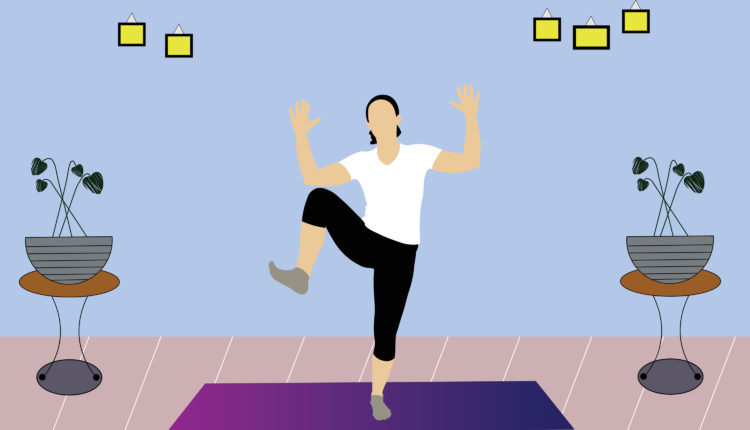Introduction
Joint mobility is a fundamental aspect of our physical health, affecting everything from our ability to perform daily tasks to our overall athletic performance. As we age or become less active, the flexibility and range of motion in our joints can decline, leading to a host of problems, including pain, stiffness, and increased risk of injury. Understanding joint mobility and taking proactive steps to maintain and improve it is essential for a healthy, active lifestyle. This article delves into the importance of joint mobility, the benefits it offers, and practical tips for enhancing it.
Understanding Joint Mobility
Joint mobility refers to the capability of a joint to move freely within its normal range of motion. Various types of joints, including hinge, ball-and-socket, pivot, and gliding joints, contribute to the diverse movements our bodies can perform. Each type of joint has unique characteristics that dictate its range of motion. Factors such as age, physical activity levels, and existing health conditions can significantly impact joint mobility, making it vital to actively work on maintaining and enhancing it.
Benefits of Joint Mobility
Injury Prevention
Maintaining optimal joint mobility plays a crucial role in preventing injuries. Flexible joints are less susceptible to strains and sprains during physical activities, allowing the body to move efficiently and maintain stability. Improved joint mobility enhances balance, which is particularly important for athletes and individuals engaging in high-impact sports. By incorporating mobility exercises into their routines, individuals can lower their risk of injuries and stay active longer.
Pain Reduction
Joint stiffness often leads to discomfort and pain, particularly in conditions like arthritis. Regular mobility exercises can alleviate pain by enhancing flexibility and reducing tension in surrounding muscles. Engaging in low-impact activities such as swimming, yoga, or tai chi can provide significant relief while promoting joint health. By improving joint mobility, individuals can experience greater comfort during movement and reduce reliance on pain medications.
Enhanced Performance
For athletes and fitness enthusiasts, joint mobility is essential for achieving optimal performance. Improved flexibility allows for better technique, leading to increased strength and endurance during physical activities. For instance, a gymnast with excellent joint mobility can execute more complex routines, while a runner with flexible hips can achieve a more efficient stride. Integrating mobility training into regular workouts can help athletes enhance their performance and reach their full potential.
Improved Posture and Alignment
Joint mobility directly influences posture and spinal alignment. When joints are mobile, the body can maintain proper alignment during various activities, reducing the risk of developing postural issues over time. Good posture is vital for overall health, as it helps alleviate strain on muscles and ligaments, supports better breathing, and enhances digestive function. By improving joint mobility, individuals can promote better posture, leading to long-term health benefits.
Greater Independence
As we age, maintaining joint mobility becomes increasingly important for preserving independence. A decline in mobility can make daily tasks such as dressing, walking, and climbing stairs more challenging. By incorporating joint mobility exercises into their daily routines, older adults can enhance their quality of life and remain active longer. Staying active is associated with improved mental well-being, lower rates of depression, and greater overall health, allowing individuals to enjoy life to the fullest.
Tips for Improving Joint Mobility
Improving joint mobility involves adopting specific practices and incorporating them into your routine. Regular stretching is essential, with a focus on dynamic stretches before activities and static stretches afterward to enhance flexibility and range of motion. Low-impact exercises, such as swimming, cycling, and yoga, can help improve joint mobility while minimizing stress on the joints. Additionally, maintaining a healthy weight can reduce the strain on joints, further enhancing mobility.
Incorporate Mobility Exercises
Dedicated mobility exercises can specifically target areas of the body that may be tight or stiff. Movements such as hip circles, shoulder rolls, and ankle pumps can effectively increase range of motion. Engaging in functional movement patterns, like squats and lunges, can also improve joint mobility while building strength.
Stay Active
Regular physical activity is crucial for maintaining joint mobility. Engaging in a variety of exercises, including cardiovascular, strength training, and flexibility work, can help keep joints functioning optimally. Finding enjoyable activities, whether it’s dancing, hiking, or playing a sport, can make it easier to stay consistent with physical activity.
Conclusion
Joint mobility is a vital component of overall health, influencing everything from injury prevention and pain reduction to athletic performance and daily functioning. By understanding the importance of joint mobility and implementing practical strategies to improve it, individuals can enhance their quality of life, maintain independence, and promote long-term physical health. Whether through dedicated mobility exercises, regular stretching, or staying active, prioritizing joint mobility can lead to a healthier, more fulfilling life.



